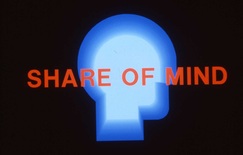
It worked!
Before long, the company reported an increase in sales directly linked to the blog post. (http://tinyurl.com/l3cw6cc)
Then a produce industry trade magazine discovered the post, lifted quotes from it and published an article about the astonishing financial performance of the company’s Home-Toters® produce merchandising bags. It’s too soon to measure the effectiveness of that happy outcome (if it can directly be measured at all), but as with any productive Internet content, the post (and its derivatives) no doubt will have other lives.
Content marketing is a relatively new term based on a time-proven concept: if you come across an idea (content) you can put to work in your business, you’re likely to send it along to a colleague or friend who can use it in theirs. They, in turn, will spread it further—perhaps to places you’d never imagined, like that produce trade magazine.
“Salespeople love great content, because it’s an opportunity to reach out to customers and offer them something of value without asking for something in return,” says Frank Strong, a PR professional quoted today in The Content Strategist , an online publication about content marketing. Strong calls people like the packaging company rep “potential content champions.”
The key word in that phrase may be “potential,” because content marketing is only now beginning to take hold in business people’s minds (especially C-suite execs), and its strategic potential is practically unfathomable. Even an old hand like Bill Marriott, executive chairman and chairman of the board of Marriott International, Inc., reportedly has taken to blogging after having been “evangelized” by an employee – he records his thoughts and depends on others to weave them into online content. If you read Marriott’s blog, you’ll see it’s nothing more than good old fashioned storytelling. A good is example is his life-affirming post about “deciding to decide”. (http://tinyurl.com/pxvnwf4 )
LinkedIn Hops on the Content Bandwagon.
So why not you?
TakeAway: Got a valuable business story to share? Extend your reach through content marketing.
Content © by Brian E. Faulkner.
ABOUT BRIAN FAULKNER:
Brian also is a five-time Emmy award winning Public Television writer and narrator of UNC-TV’s popular Our State magazine series, on the air since 2003.
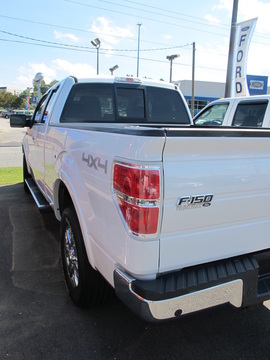
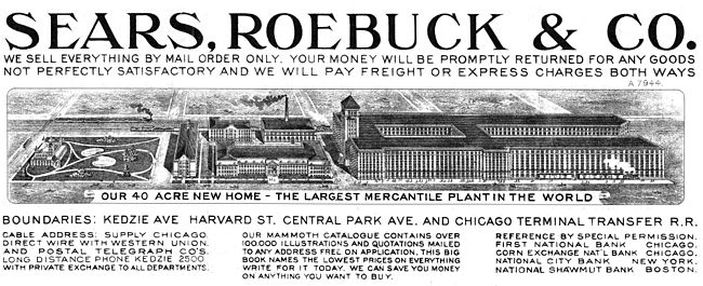
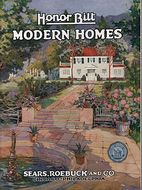


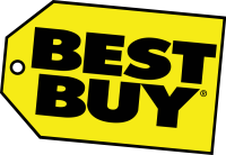

 RSS Feed
RSS Feed